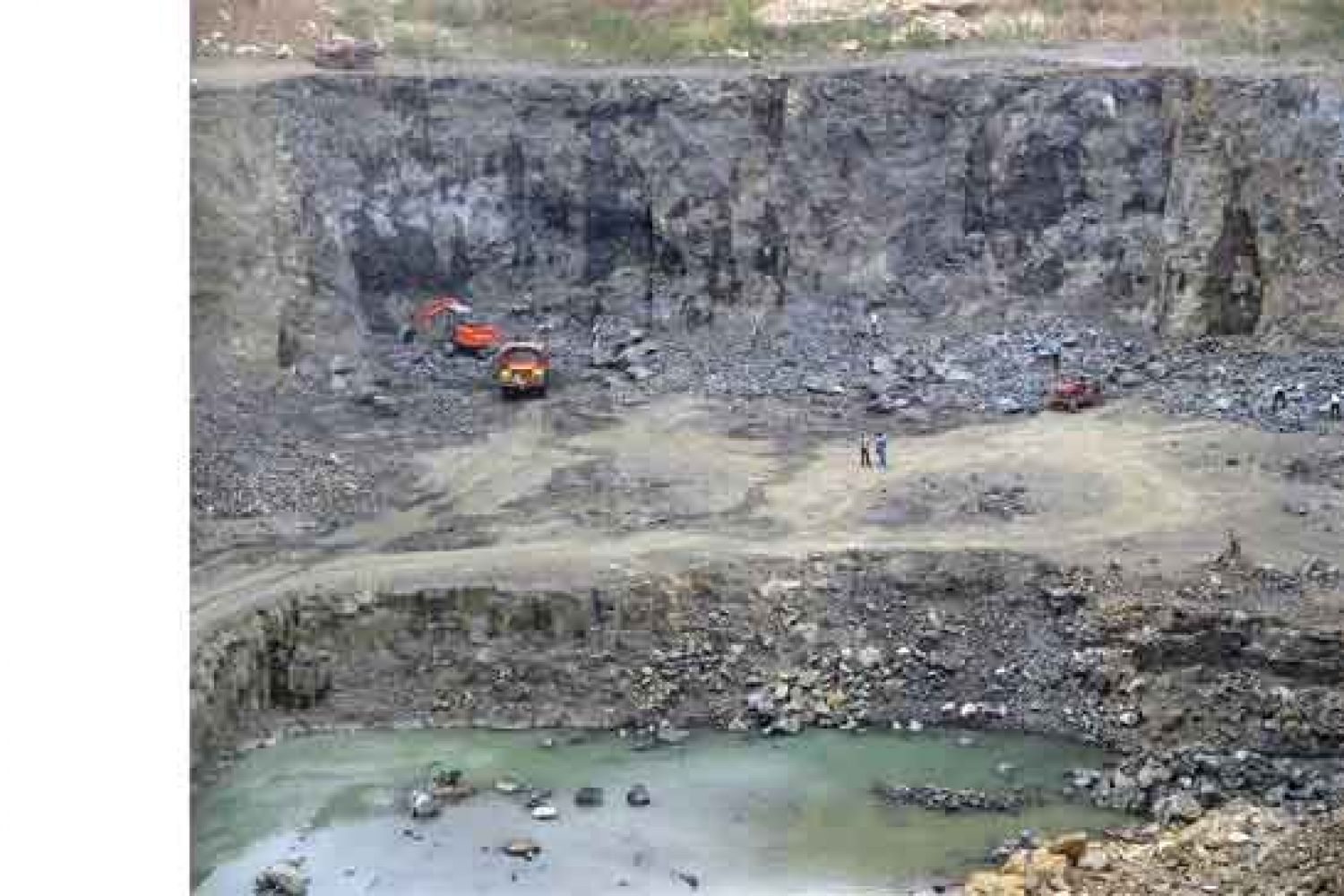
Nobody knows precisely why the dinosaurs disappeared 65 million years ago, but the major consensus has converged on a single meteor that hit earth and rang it like a bell that tolled the end of the Cretaceous. Not so, say Gerta Keller and her collaborators, who are trying to prove that the culprit was Deccan volcanism, on the basis of fresh evidence obtained from the Krishna-Godavari Basin.It’s the time of the long heat, when everything in Andhra Pradesh seems to be on fire. As you drive down t





